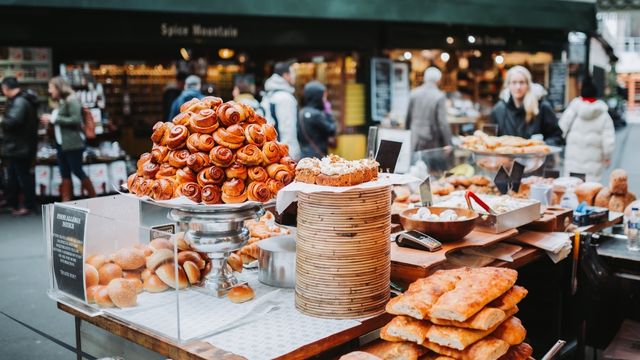
There’s something about the first real chill in the air that makes you want to curl up with a mug of something hot and just forget the outside world exists. But while you’re cozy inside, your home’s pipes are facing their own winter battle. Most people don’t even think about plumbing until there’s a problem (guilty here, too). Thing is, winter is when hidden issues have a nasty habit of making themselves known—and usually at the worst possible time.
So before the freeze really sets in, let’s chat about what to watch for, and how a little prep now goes a long way toward avoiding a surprise bill (or worse, a water park where your kitchen used to be).
Frozen Pipes: The Classic Nightmare
Ask any residential plumbing specialist about winter, and “frozen pipes” will be the first thing out of their mouth. When water freezes in a pipe, it expands, and pipes—especially the ones that run through crawlspaces or exterior walls—really don’t appreciate it. Left unchecked, the pressure builds up, and next thing you know, you’re dealing with a burst pipe and water that just seems to go everywhere at once.
If there’s a cold snap coming, make sure those vulnerable pipes are insulated. Letting faucets drip just a little on especially icy nights relieves pressure and can actually make a difference. And if you’re heading out of town, don’t just turn your heat off all the way—leave it running low to keep things above freezing.
Water Heater Woes (Nobody Likes a Cold Shower)
Colder weather puts your hot water heater to the test. If you notice your showers are getting shorter because the hot water’s not lasting—or worse, there’s rumbling and clanking—don’t ignore it. Sometimes it’s just sediment buildup from working overtime, sometimes it hints at something bigger. Either way, flush it out (most plumbers recommend doing this yearly anyway), and keep an eye out for warning signs.
Sneaky Leaks and Waiting Ice Dams
Leaks don’t take a vacation just because it’s winter. In fact, little leaks can turn into big problems if freezing water gets into cracks or around valve connections. This is especially sneaky around outdoor plumbing or in unheated spaces like garages. And don’t forget gutters and downspouts—if they ice up, you might get ice dams, which can cause leaks in places you’d never expect.
Sump Pumps, Slow Drains, and the Stuff Nobody Loves
Basements have their own agenda. Sump pumps should be checked before heavy rain, because you don’t want to find out they failed when it’s too late. Slow drains and odd gurgling noises are red flags. Cold can make sewer lines sluggish, and let’s be honest, nobody wants a backup in the winter—best to nip it in the bud.
When It’s Time to Call in the Pros
Sure, a little DIY goes a long way, but sometimes you need backup. Don’t be afraid to reach out to a pro if you notice trouble.
Stay Warm, Stay Dry
Winter plumbing issues can sneak up on anyone. Stay observant, do a little prepwork, and ask for a helping hand if in doubt. Your pipes will thank you—and so will everyone who appreciates a hot shower and a dry sock.








